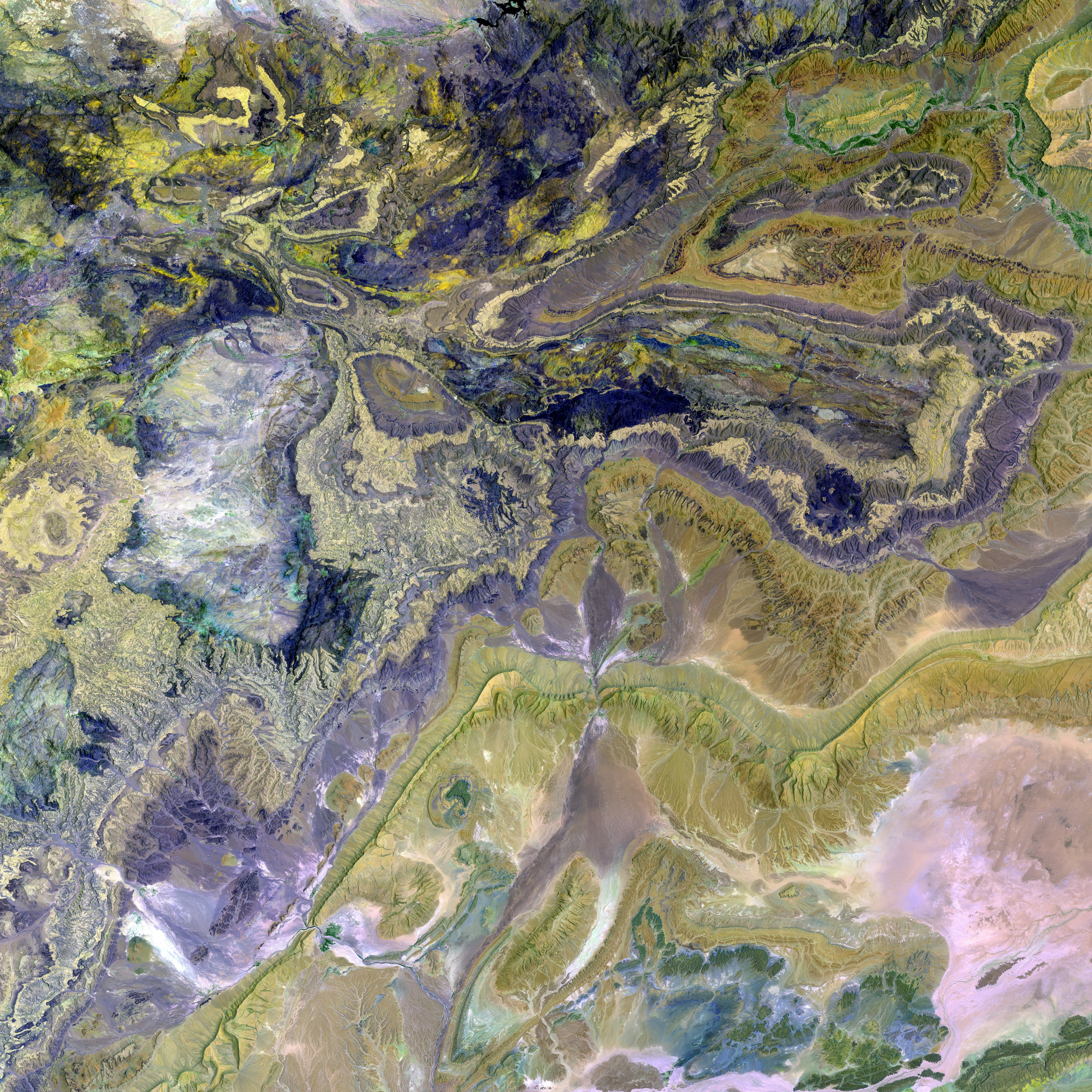Hours after Trump brokered a ceasefire, explosions echo in Indian-administered Kashmir; both India and Pakistan engage in a heated finger-pointing battle. The nuclear nations exchange accusations, potentially escalating tensions.
The current state of the Pakistan-India ceasefire, brokered by US President Donald Trump, is fragile. Although a truce has been agreed upon, reports of violations have raised questions about its sustainability.
Background
Initiated on May 10, 2025, the ceasefire arose from United States mediation, as announced by President Trump via social media and confirmed by Pakistan's Foreign Minister, Ishaq Dar [1][3]. The agreement underscored the importance of preserving regional security.
Ongoing Challenges and Tensions
- Ceasefire Violations: Numerous reports reveal ceasefire breaches, posing a threat to the overall stability in the region [1].
- Unresolved Issues: Ceasefire agreements do not resolve the core disputes, such as the Kashmir conflict, terrorism allegations, and water disputes [1].
- Persisting Punitive Measures: Sanctions like visa restrictions, airspace closures, and halted bilateral trade continue to be enforced [1].
- Indus Waters Treaty: The treaty remains suspended, adding more fuel to the simmering tension [1].
Future Prospects
- Diplomatic Parleys: Future plans involve talks between the two nations, albeit at a neutral venue. The exact focus and scope of these discussions are still to be determined [1][2].
- Confirming Priorities: India looks to discuss terrorism and the status of Pakistan-administered Kashmir, while Pakistan is keen on addressing the Indus Waters Treaty and the situation in India-administered Kashmir [1].
In summary, while a ceasefire is currently in effect, instability persists due to unresolved issues, mutual mistrust, and repeated violations of the truce. Despite both countries' agreeing to a ceasefire, the fragile state indicates that a resolution to the underlying disputes is necessary for lasting peace between India and Pakistan.
[1] https://www.reuters.com/world/asia-pacific/india-pakistan-army-chief-denies-escalation-amid-reports-indian-military-deploys-2025-05-10/[2] https://www.bbc.co.uk/news/world-asia-india-61048413[3] https://www.aljazeera.com/news/2025/5/10/india-and-pakistan-agree-to-full-ceasefire-after-weeks-of-tension
- Reports of ceasefire violations, which are a threat to regional stability, have raised questions about the sustainability of the truce between India and Pakistan.
- Instead of resolving the core disputes like the Kashmir conflict, terrorism allegations, and water disputes, ceasefire agreements seem to only address the temporary cessation of hostilities.
- The ongoing challenges and tensions between India and Pakistan also include persisting punitive measures like sanctions and the suspension of the Indus Waters Treaty.
- In an effort to ensure lasting peace, future prospects may involve diplomatic parleys focusing on discussing terrorism, the status of Pakistan-administered Kashmir, and the Indus Waters Treaty by both countries at a neutral venue.






